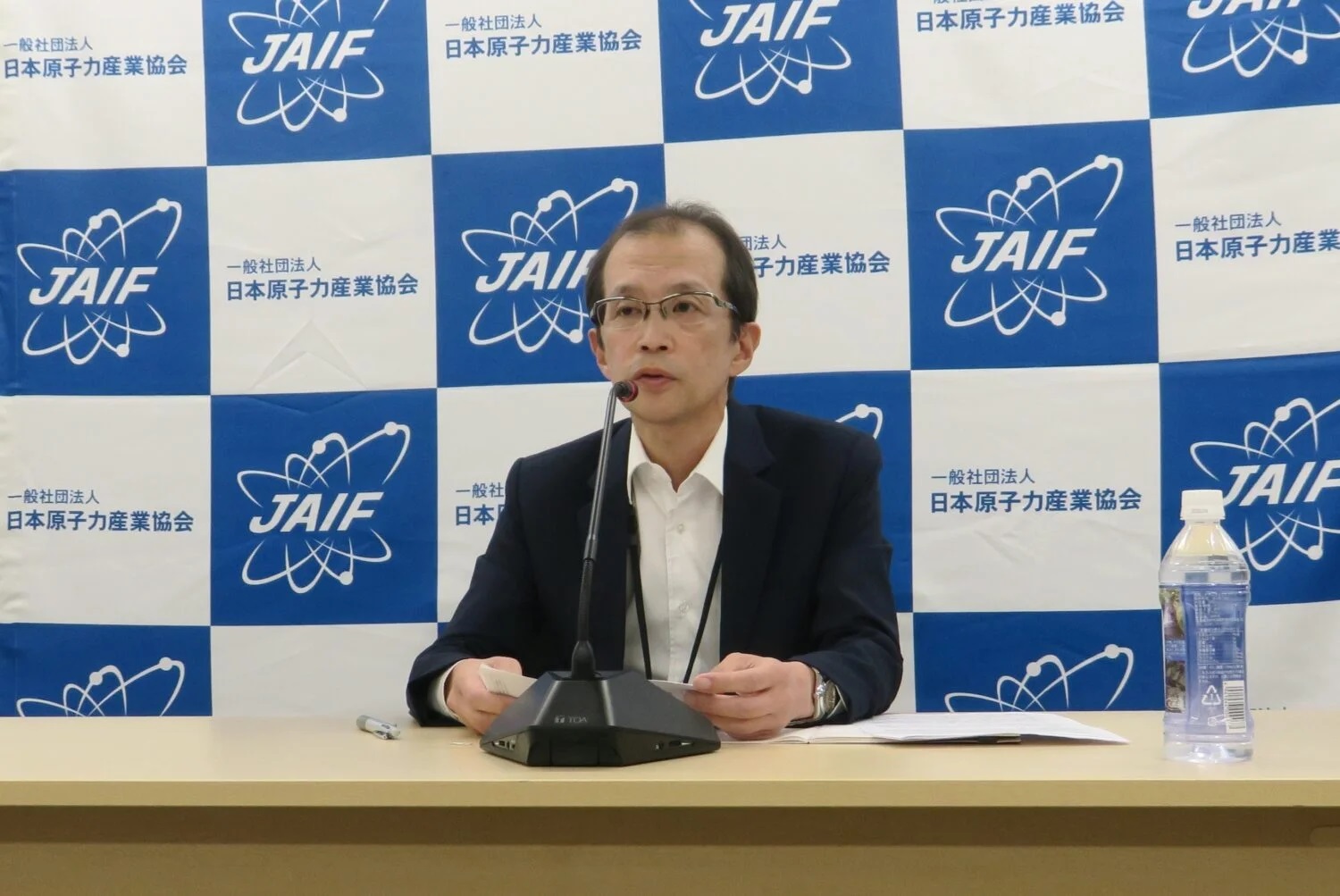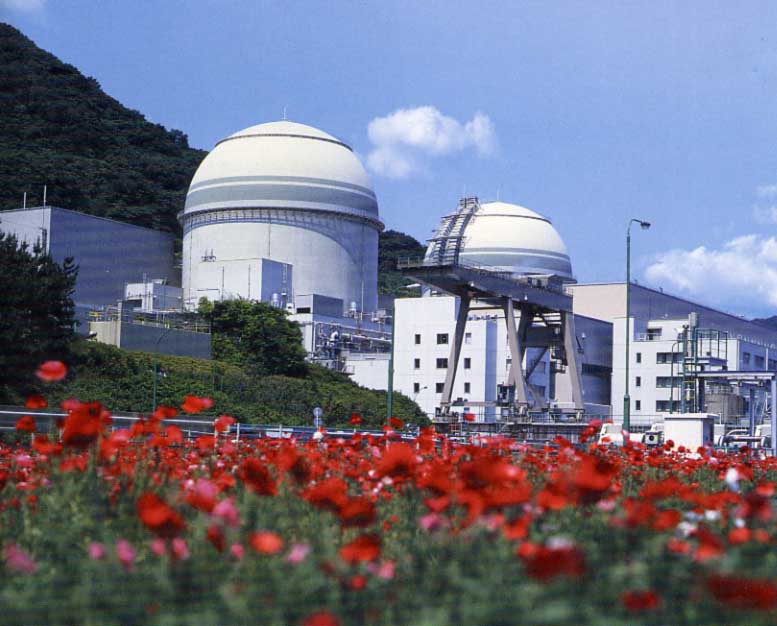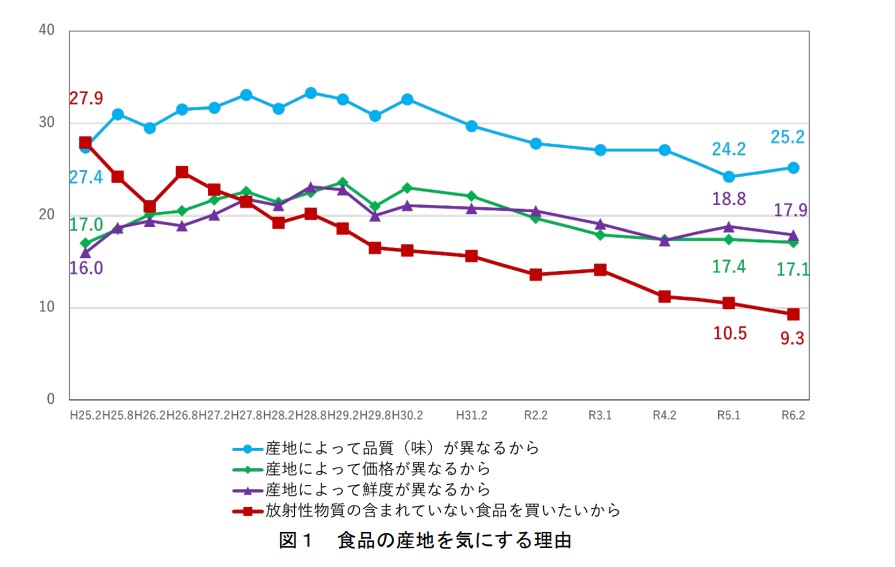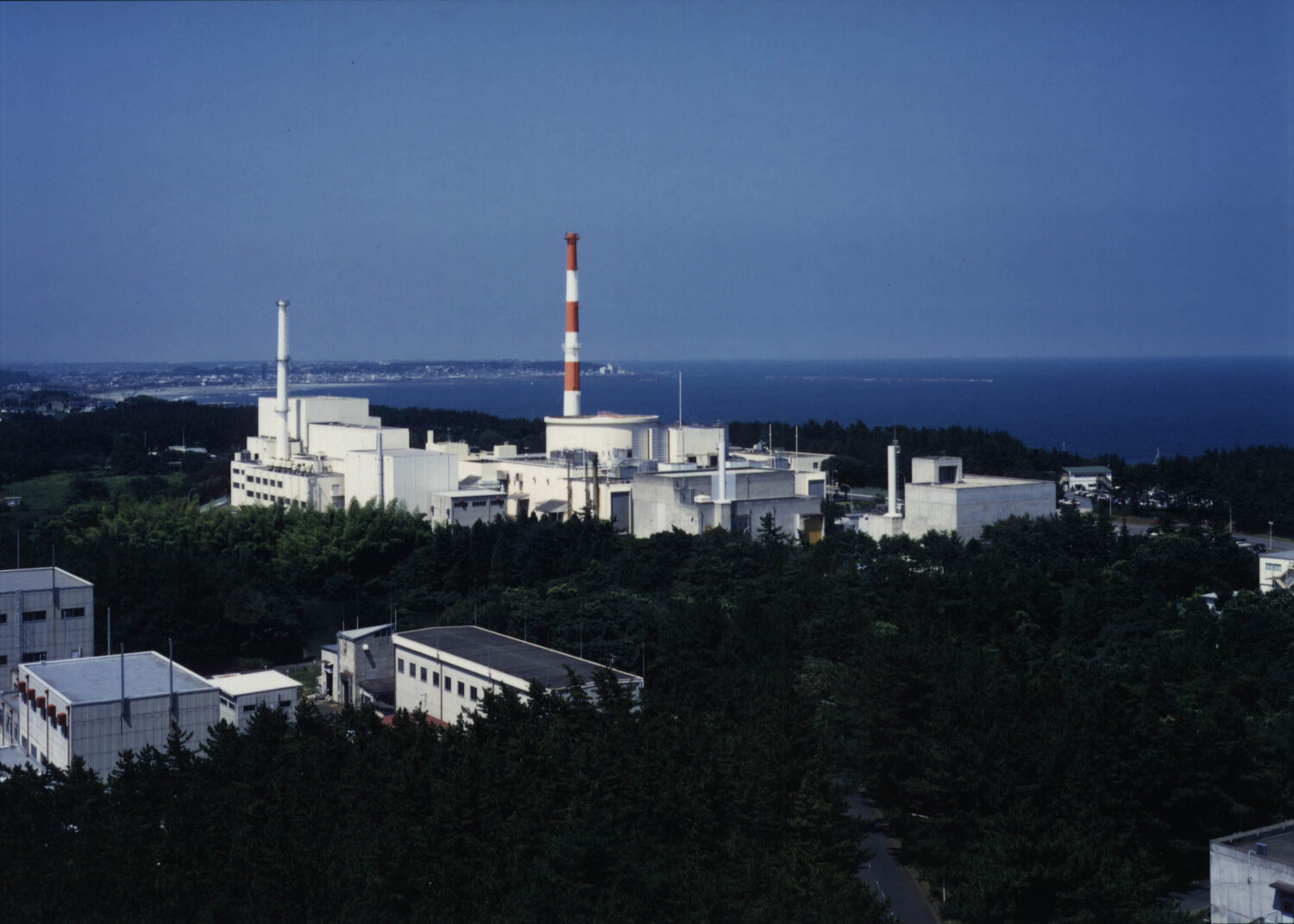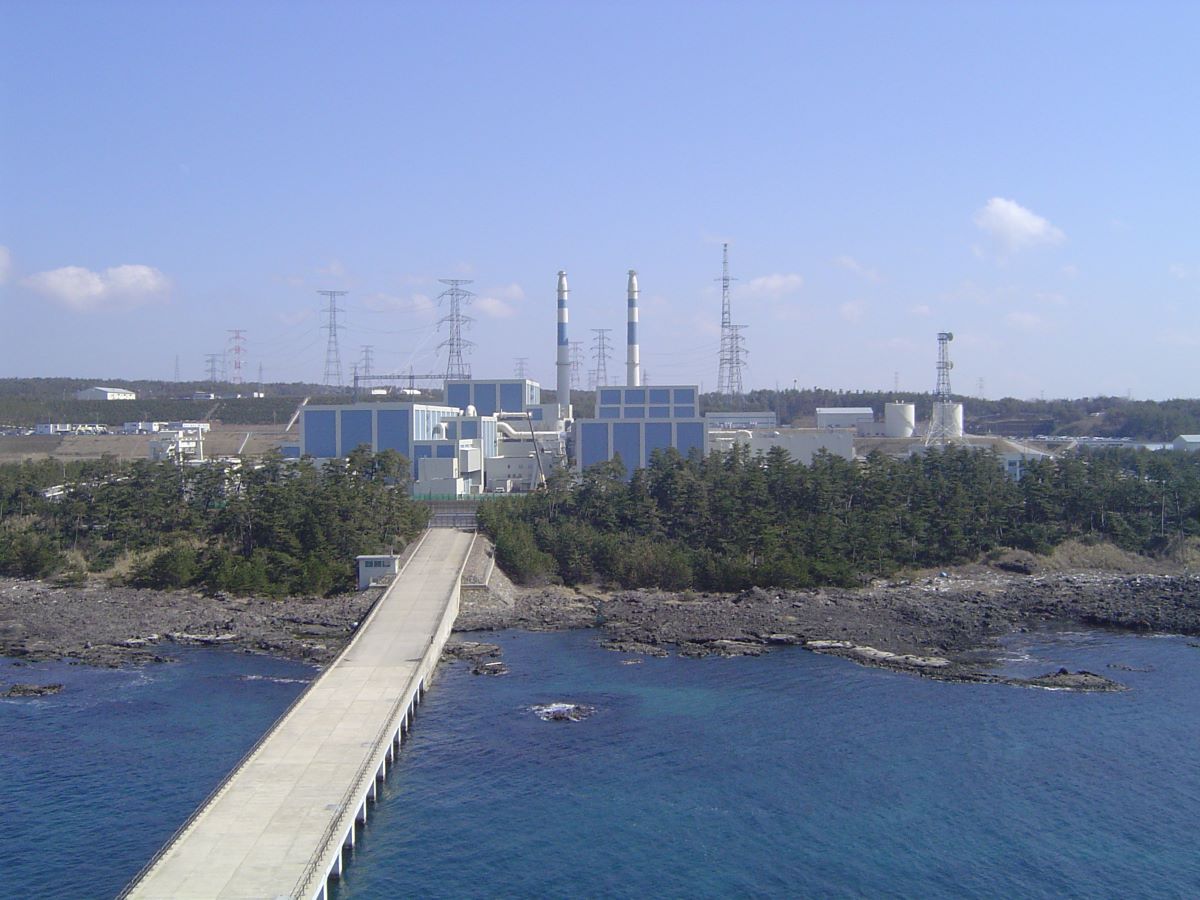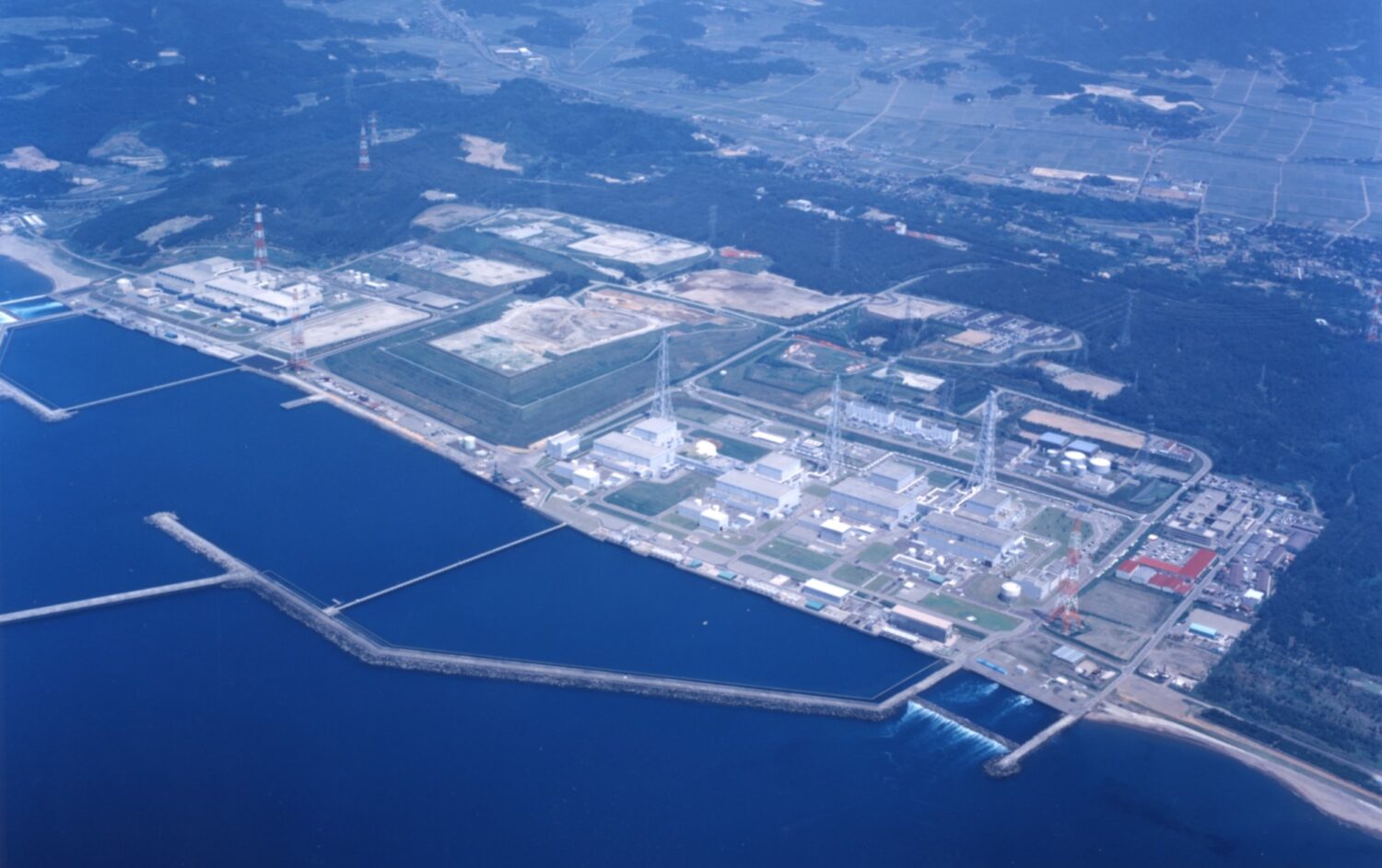The ALPS-treated water is water purified of radioactive substances other than tritium to levels below the regulatory standards. It is to be further diluted with seawater to a level of 1,500 Bq/l, one-fortieth the regulatory limit of 60,000 Bq/l, before being released into the sea.
The report comprehensively summarizes a series of IAEA safety and technical reviews conducted on the basis of the terms of reference (TOR) of a comprehensive framework, signed by the Japanese government and the IAEA in July 2021, for reviewing safety related aspects of the handling of ALPS-treated water.
The IAEA’s report includes the following conclusions:
- The activities and approach to offshore release of the ALPS-treated water taken by the Tokyo Electric Power Co. (TEPCO) and the Nuclear Regulation Authority (NRA) are consistent with the relevant international safety standards.
- The levels of radiation effects on people and the environment of the offshore release of the ALPS-treated water as planned by TEPCO will be negligible.
This was Director General Grossi’s third visit to Japan, the last having been in May 2022. On July 4, the first day of this visit, he met, in addition to Prime Minister Kishida, with HAYASHI Yoshimasa, head of Japan’s Ministry of Foreign Affairs (MOFA), NISHIMURA Yasutoshi, head of Japan’s Ministry of Economy, Trade and Industry (METI), and Chairman YAMANAKA Shinsuke of the Nuclear Regulation Agency (NRA).
After the prime minister received the report, he expressed his gratitude to Grossi for the IAEA’s cooperation, saying, “Japan wants to give thorough explanations to people domestically and internationally, with maximum transparency, based on scientific evidence.”
The director general responded that the report was “scientific, neutral, and includes all elements necessary for Japan to make a decision on moving to the next stage.” He then stated, “The release of the treated water stored at the Fukushima Daiichi is a national decision for the Government of Japan, and this report is neither a recommendation nor an endorsement of that policy.”
After those meetings, Grossi met the mass media at the Japan National Press Club. In response to questions about overseas concerns, he expressed certainty that the IAEA’s evaluation was scientifically sound, stressing the significance of the comprehensive report.
He also announced that the IAEA would establish an office within the premises of the Fukushima Daiichi, where its own staff would be continuously stationed, in order to continue monitoring and evaluation before, during and after the release of the water into the sea.
On July 5, DG Grossi traveled to Fukushima Prefecture. In the morning, he attended the Fukushima Council for Countermeasures for Decommissioning, Contaminated Water and Treated Water, a forum to exchange opinions with local people. It was established by the government’s Nuclear Emergency Response Headquarters.
He explained the role of the IAEA and its comprehensive report. He then said that there was no “magic wand” for convincing people of the safety of the treated water. “What is most important,” he said, “is to listen to the voices of the people,” stressing the need to continue dialogue. In the afternoon, he visited the Fukushima Daiichi.
Upon release of the IAEA’s comprehensive report, TEPCO released a comment saying that it would “thoroughly absorb the contents of the report and reflect them in ensuring quality and enhancing safety in all aspects of the release of the ALPS-treated water.”



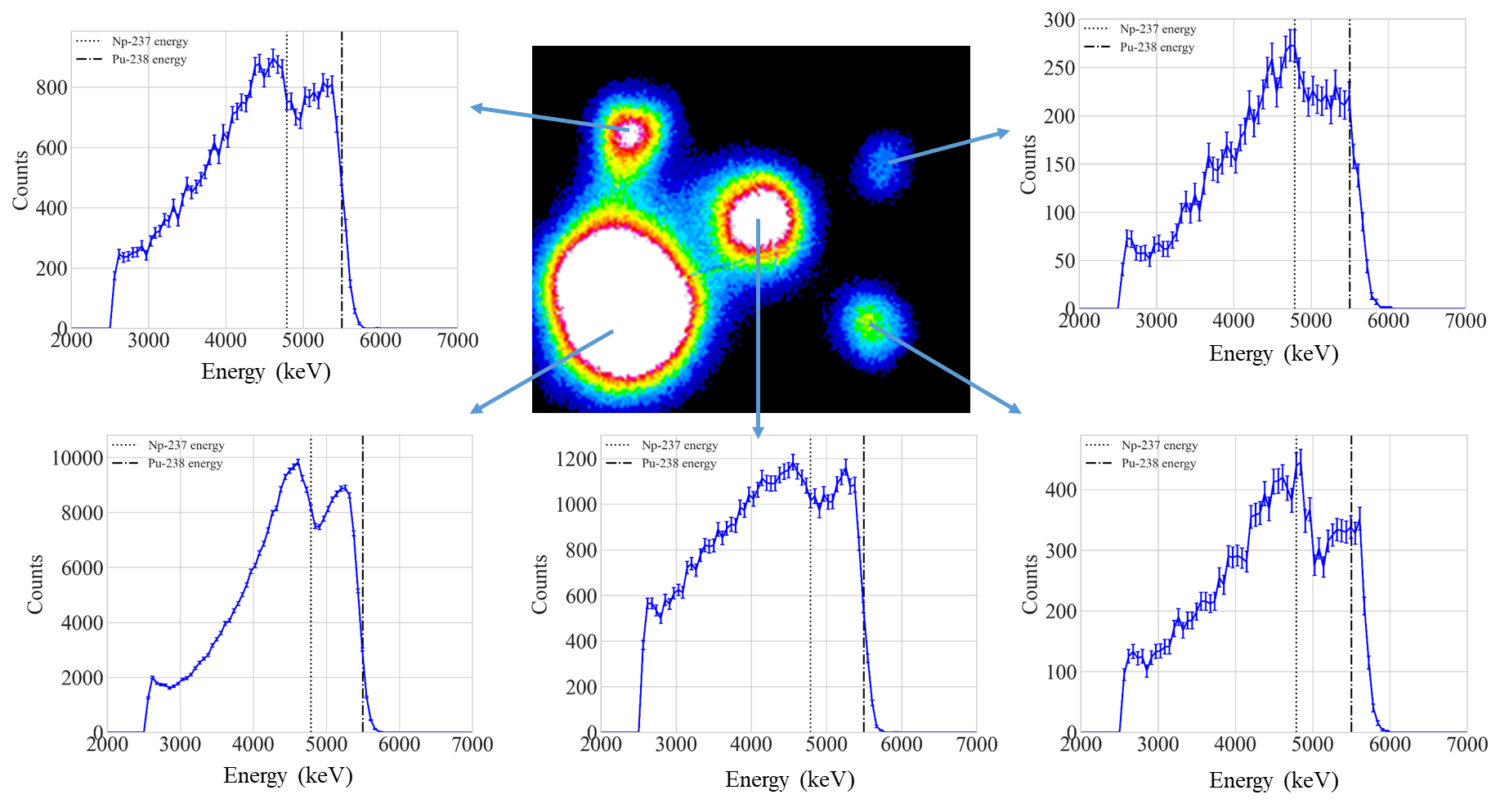
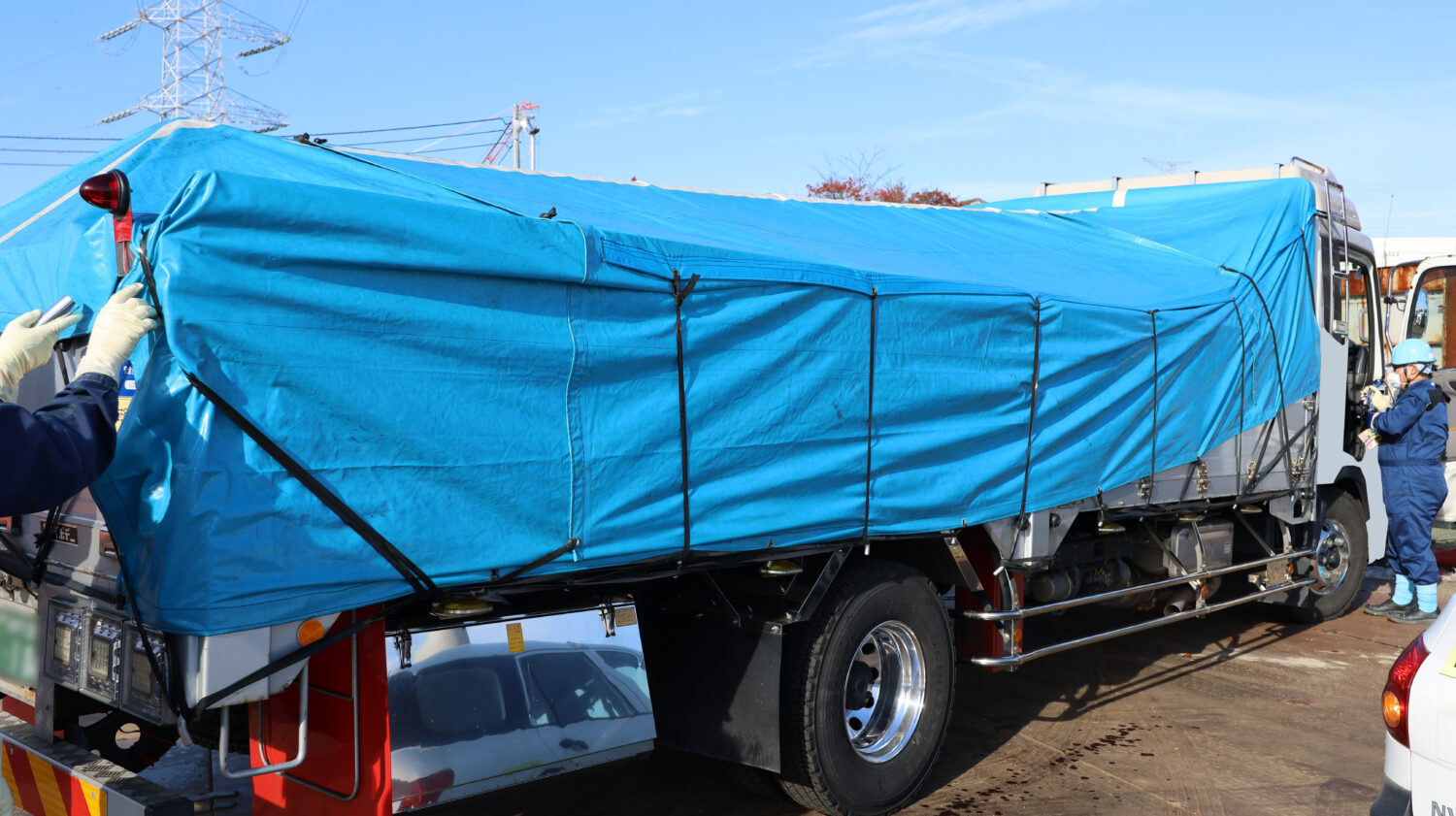
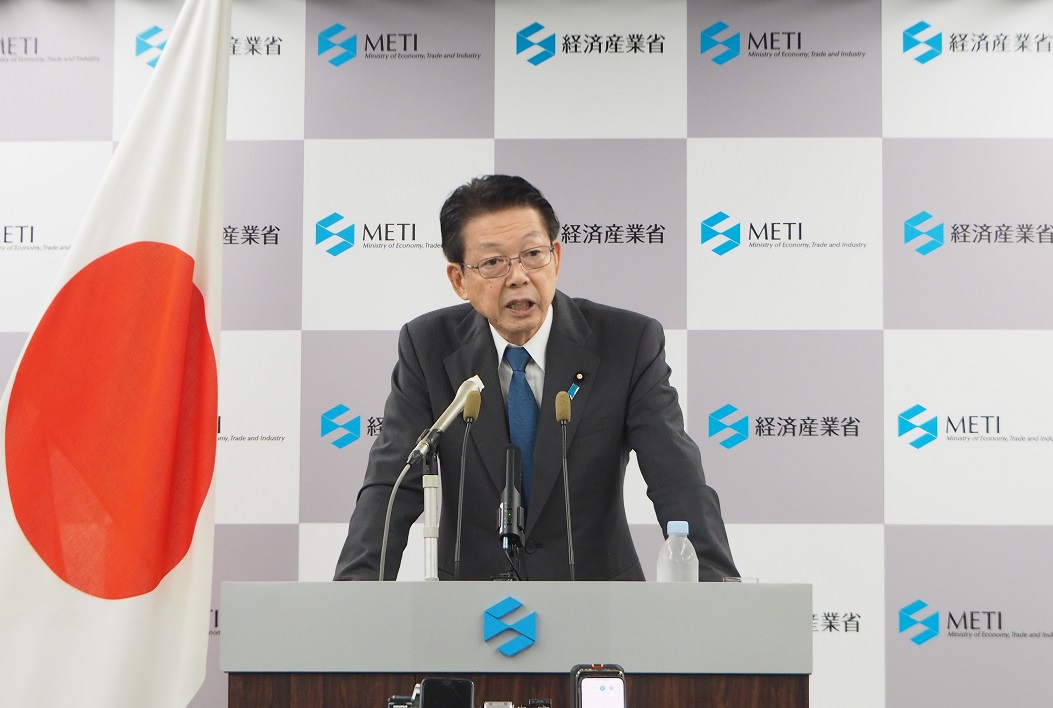
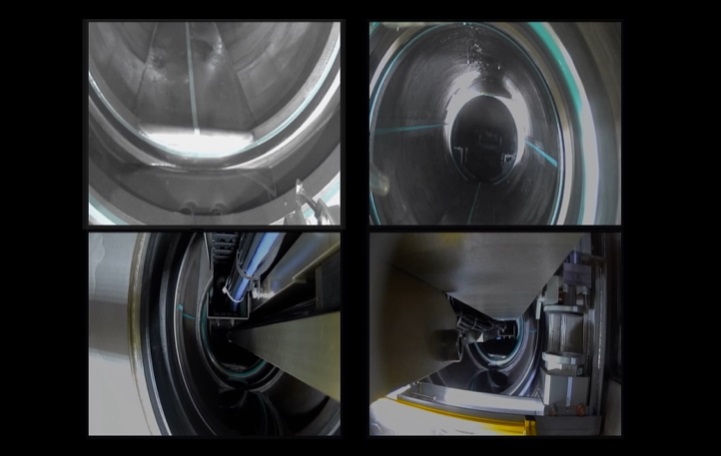
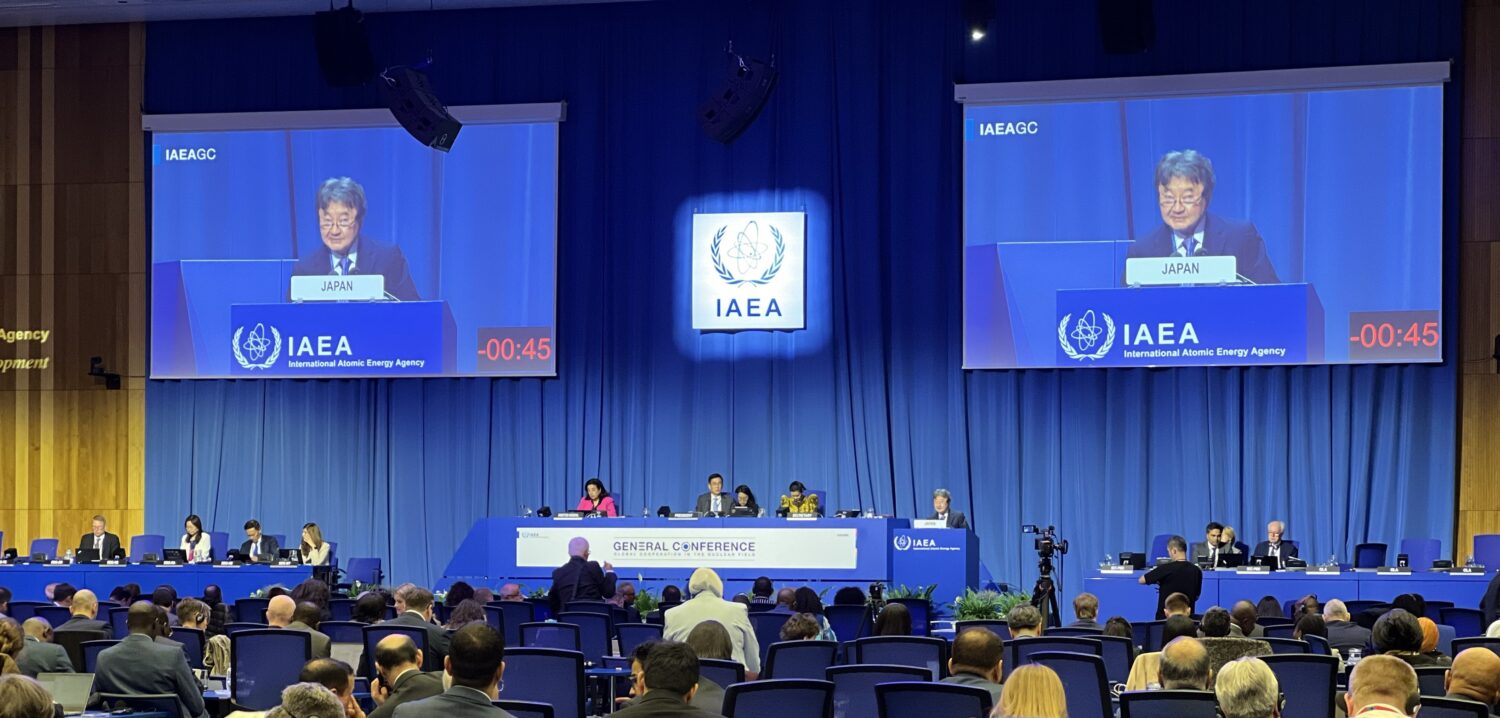
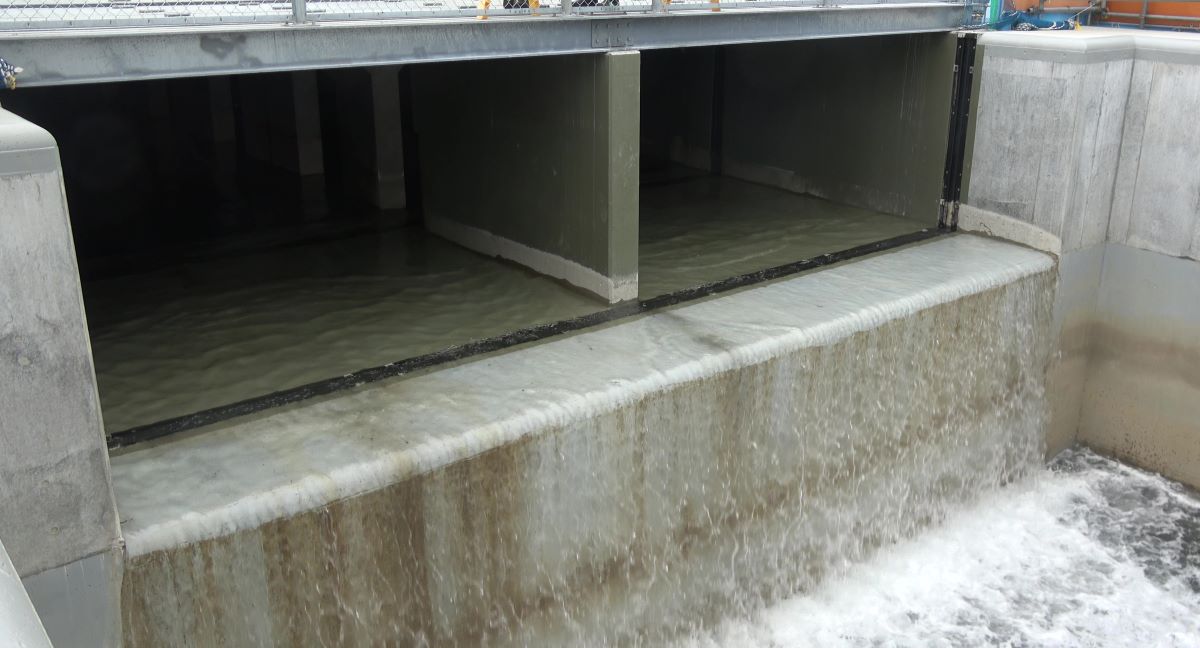
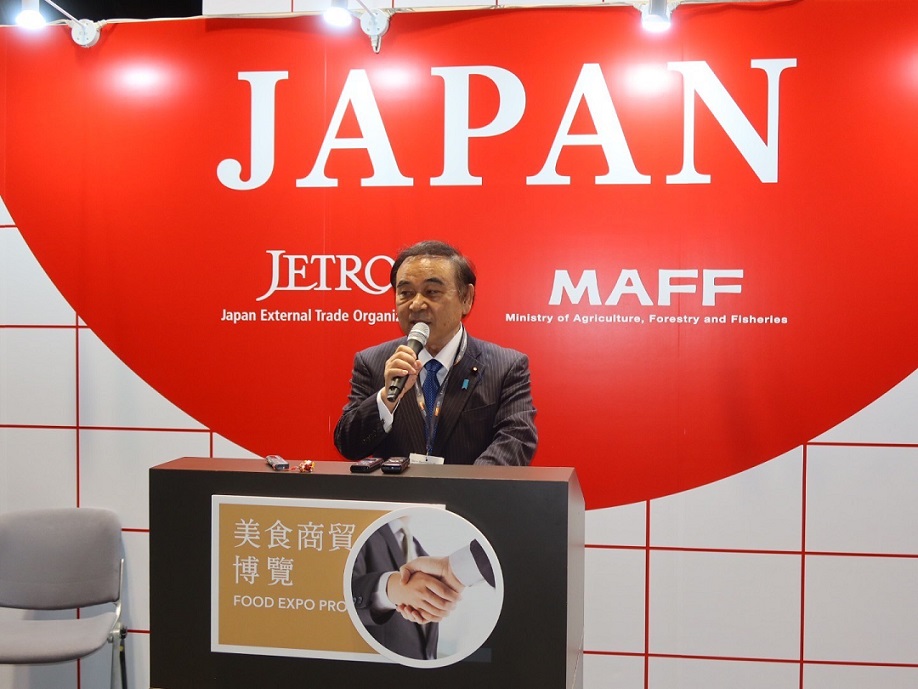
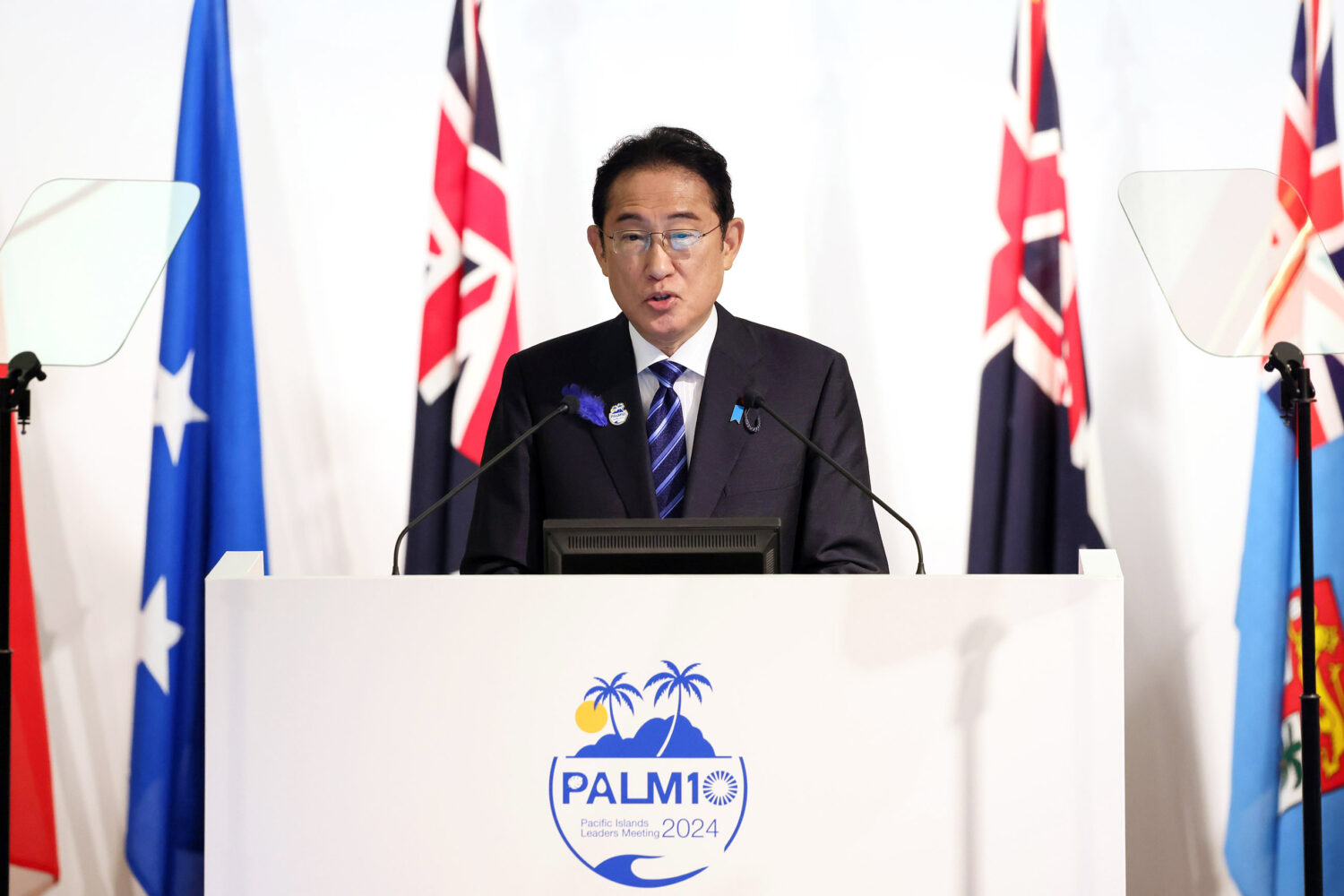

-1.png)

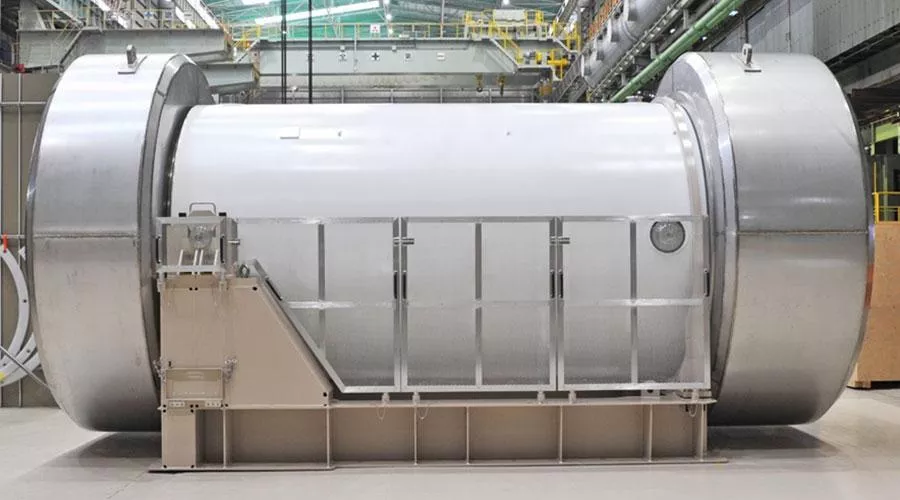
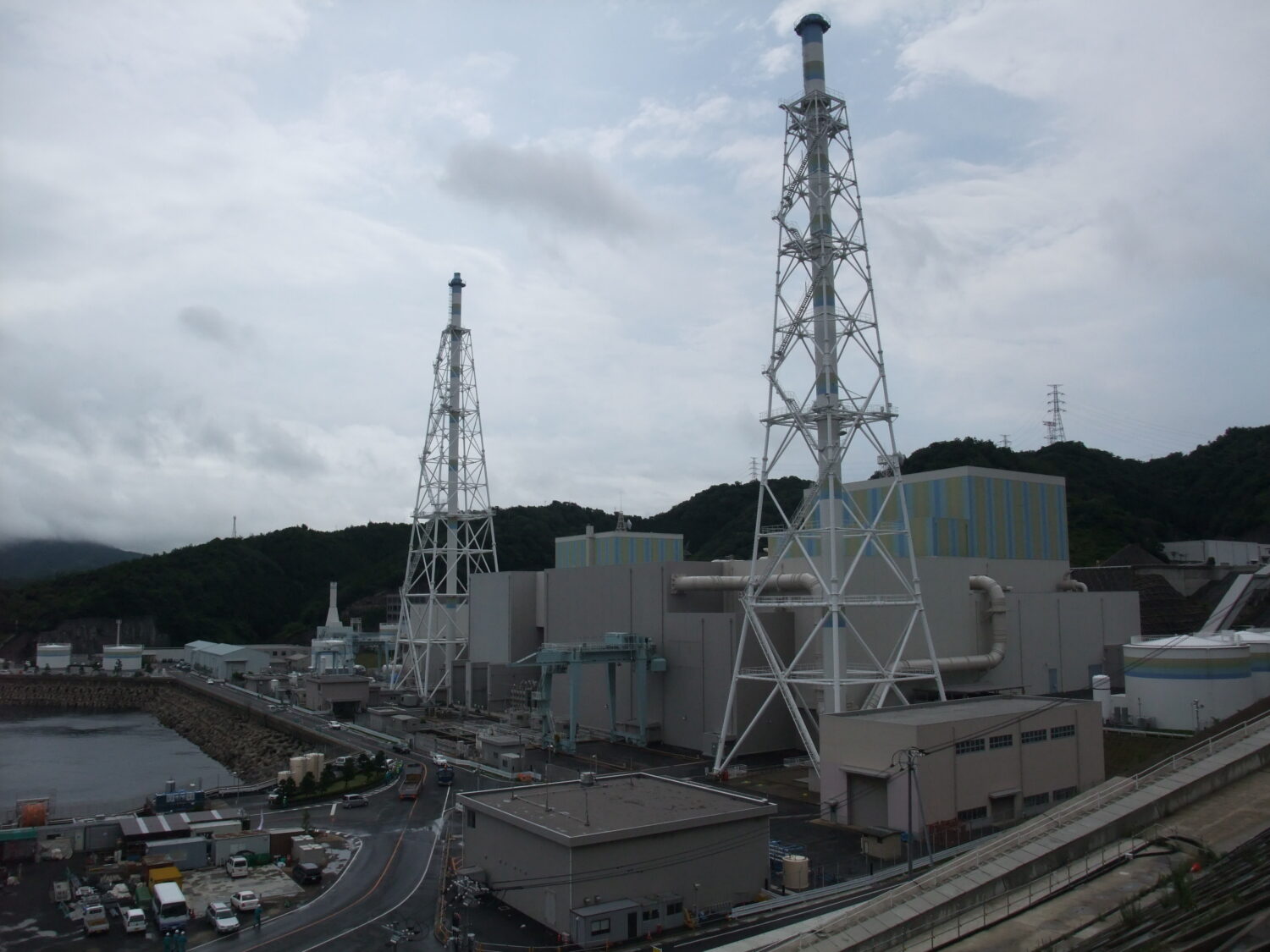
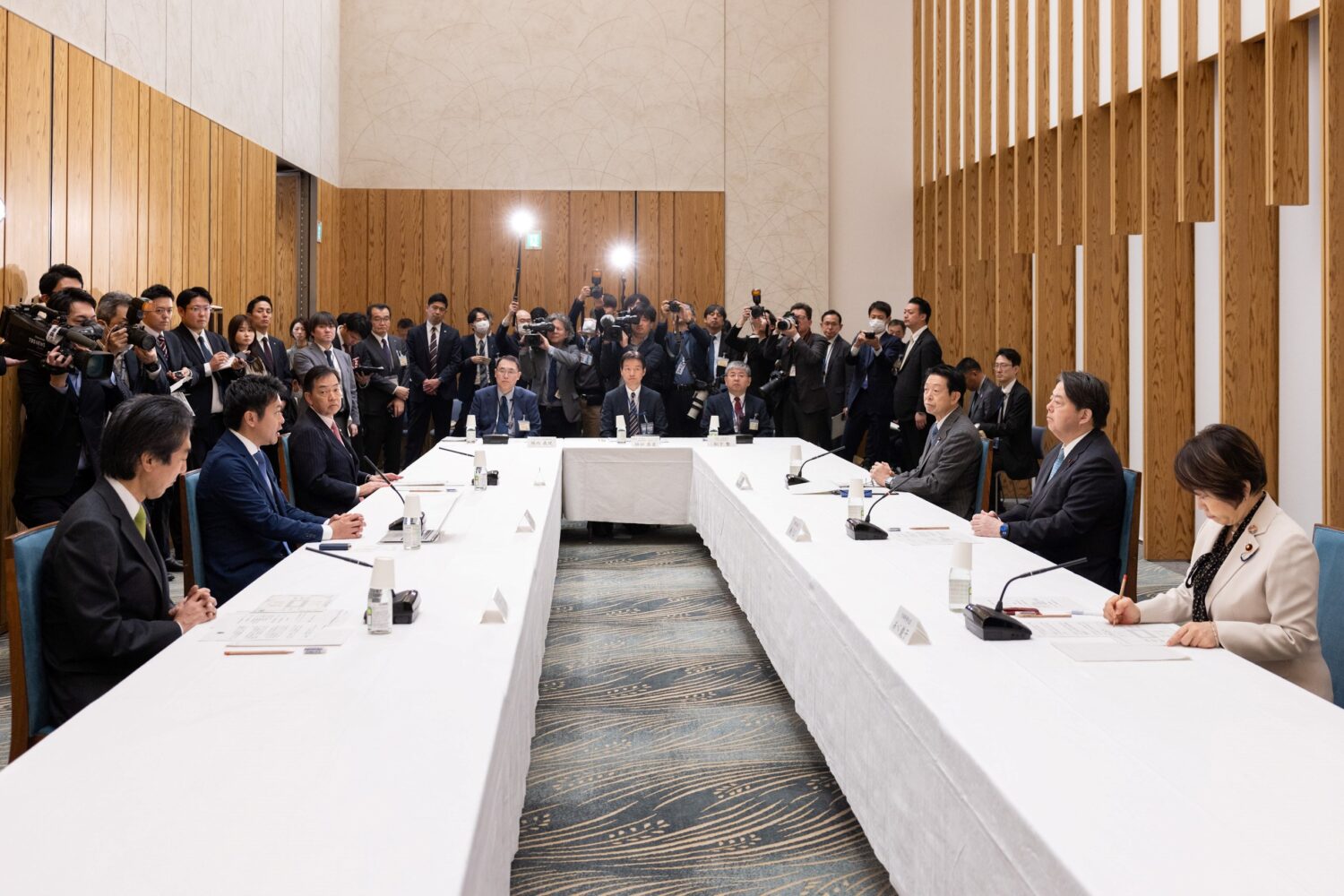
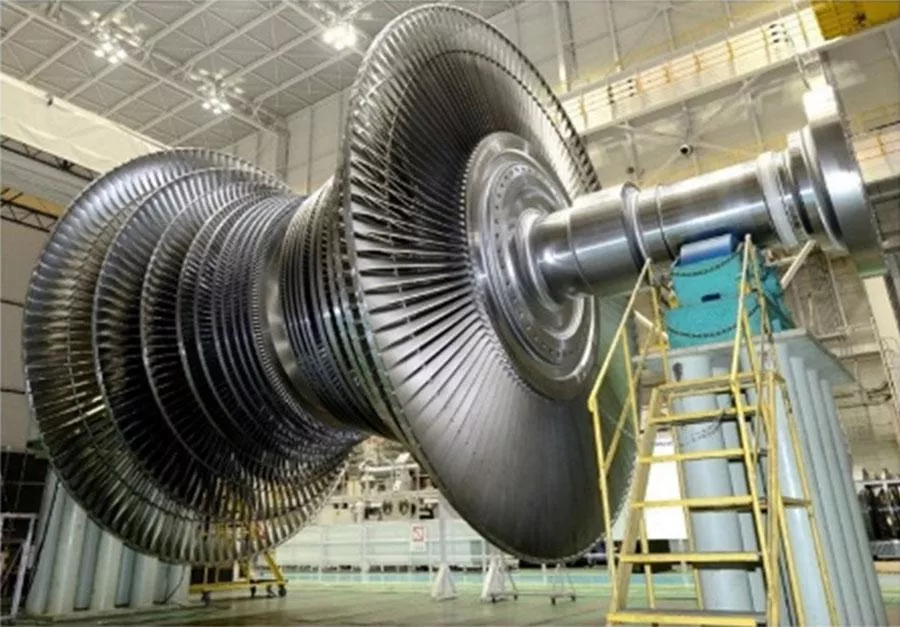

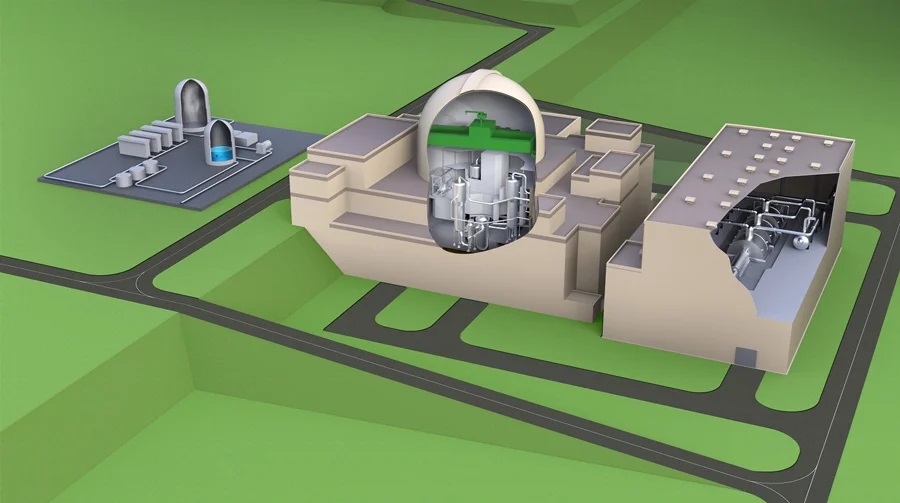
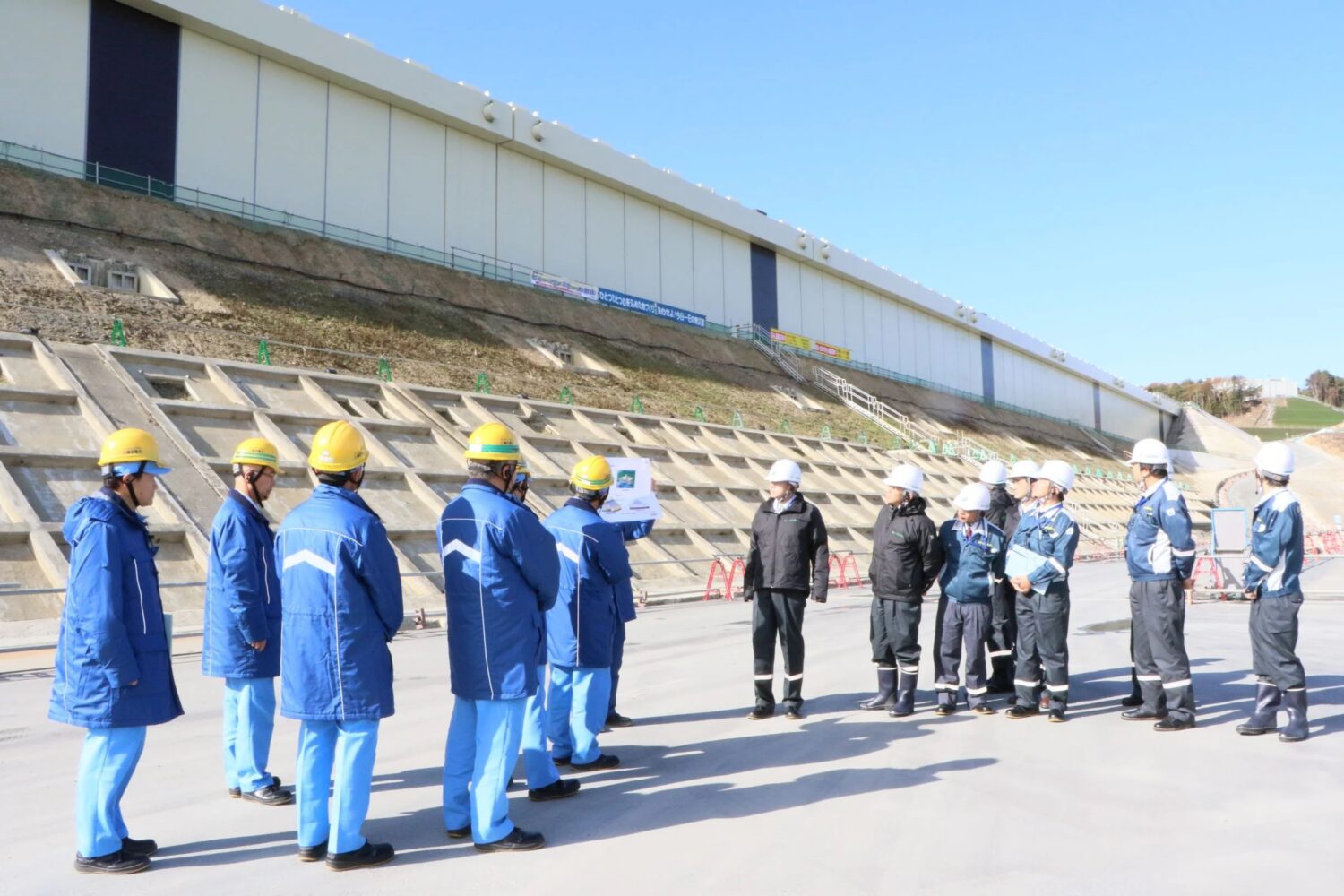
.jpg)

